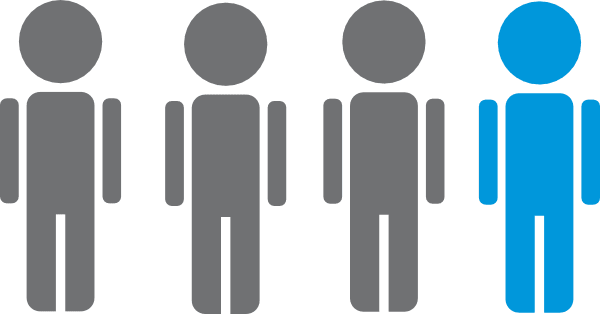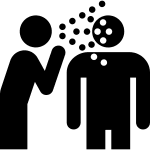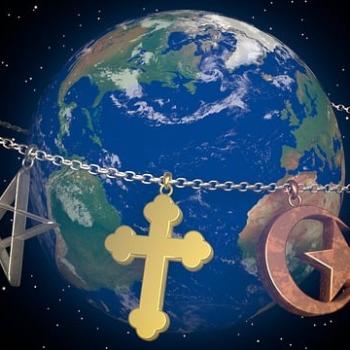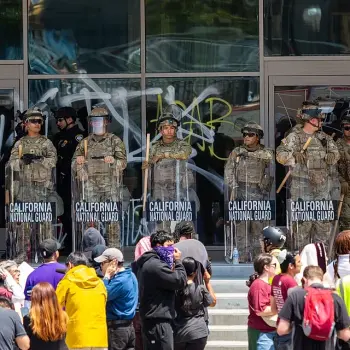
Reportedly, about one out of every four high school students (26%) identifies as LGBTQ.
That number is for 2021, so it may well be higher today. In 2015, well into the homosexual revolution, only 11% of high schoolers said that. It would seem that the number of teenagers who are Lesbian, Gay, Bisexual, Trans, and Queer [which usually means “nonbinary” but can also mean “questioning”] has more than doubled in eight years.
That’s odd, since we were told by the LGBTQ propaganda that sexual attraction is innate, that “we were born this way.” So why would the numbers more than double? Most speculations about the cause of homosexuality with its related syndromes have focused on genetics, psychology, or volition. But there is another possibility: Maybe at least part of the cause is cultural. A study that we will blog about tomorrow suggests that a factor in the dramatic rise of teenagers who say they are transgender is “social contagion.”
But first, let’s take a closer look at the 26% statistic. Of those, 12.2% said they were bisexual; 5.2% as “questioning”; 3.9% as “other”; 3.2% as gay or lesbian; with 1.8% saying they didn’t understand the question.
So by its own terms, the 26% number is inflated–why assume that the 1.8% who didn’t understand the question should be lumped in with the LGBTQs? And how do researchers know what answer those 5.2% who are “questioning” will come to, though the LGBT crowd counts them as among their number by adding Q to their acronym?
I believe the researchers framed the question by asking as “are you heterosexual,” and if not, what are you? So those who weren’t sure what to say were added into the ever-expanding acronym of sexual and gender insurgency.
Also, the largest block of the LGBTQ conglomerate as it is for adults, is the “bisexual.” Those who feel attracted to both sexes could be encouraged to marry someone of the opposite sex. That they are attracted to those of their same sex should, in theory, be no hindrance to a faithful traditional marriage, anymore than spouses feeling attraction to someone of the opposite sex need not lead to infidelity.
So just 3.2%–not 26%–are actually homosexual. The 3.9% who chose “other” presumably includes “transgender” or “non-binary.” In 2021, researchers apparently didn’t think to ask about that, which demonstrates how that issue has exploded over the last few years. A separate study from 2017 found that 1.7% of those 13-17 identified as transgender, but that was twice the number from previous studies. More recent statistics are hard to come by, even for my artificially intelligent assistant ChatGBT, which I consulted and which cited a 2021 study that put the number at 1.8%. Another source says that the numbers are between 2.1% and 9.1%. , the range showing that the category is fluid and, as we shall see next time, socially determined.
So the numbers are not as high as they are being made out to be. But they are growing. What the 26% statistic shows is that one out of four teenagers are confused about their sexuality and gender. That is a significant figure, one that desperately needs to be addressed.
We must remember that L, G, B, T, Q, and + are not the same. Though progressive dogma says that they must be intersectional allies, they are not necessarily even compatible. “Trans” throws a monkey wrench into the gay and lesbian subculture, as, for example, in the case of transexual women (that is, men who identify as women, even without surgery) add the additional identity of “lesbian,” since they are still attracted to women. Lesbians who refuse to have sex with these anatomically male “women” risk ostracism for being “TERF’s” (trans-exclusionary radical feminist). (See the lament Why Should Lesbians Sleep with Men?)
For young people, these issues are especially poignant. The biggest cohort in this study, 12%, say they are “bisexual.” But close friendships are now being construed to be sexual in nature. So best friends are being encouraged to think of themselves as bisexual.
And questioning their sexuality–just as the hormones start raging and teenagers do not know what to do with these feelings–is what teenagers are encouraged to do all the time.
The “non-binary” is the most telling category. These young men and women don’t want to be either male or female. That’s understandable for young people going through the turmoil of adolescence in the midst of today’s sexual pressures. How much better, they think, to jettison the whole business of being male or female.
Today’s young people urgently need understanding, guidance, role-models, and better education. But what they are getting, as we’ll post about tomorrow, is something very different.
Illustration: 1 in 4 Clipart via Clker.com, free clipart














